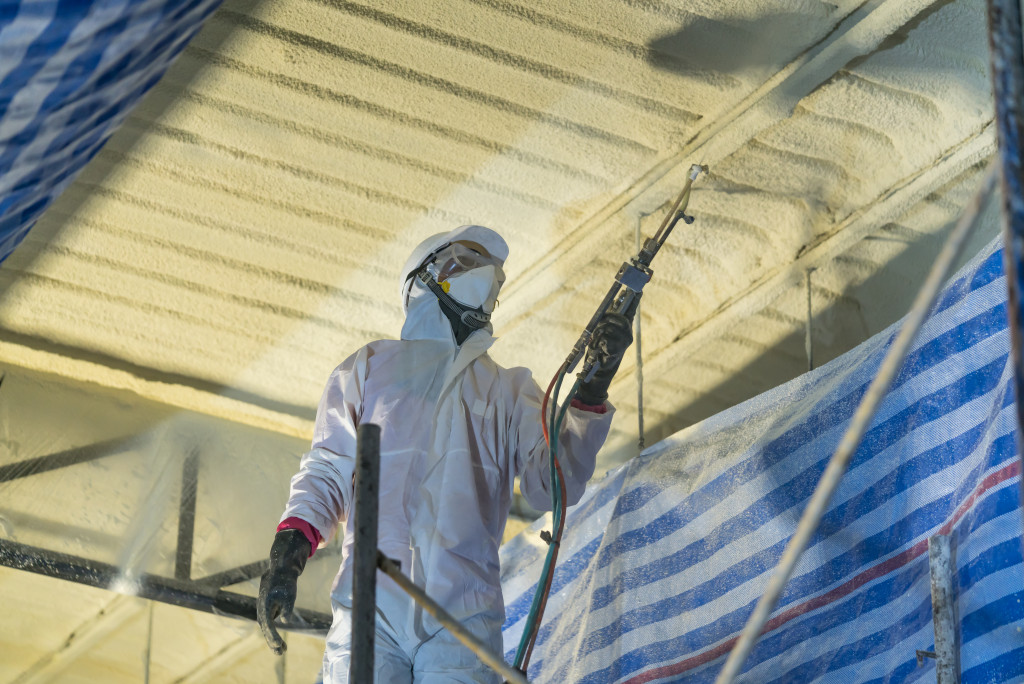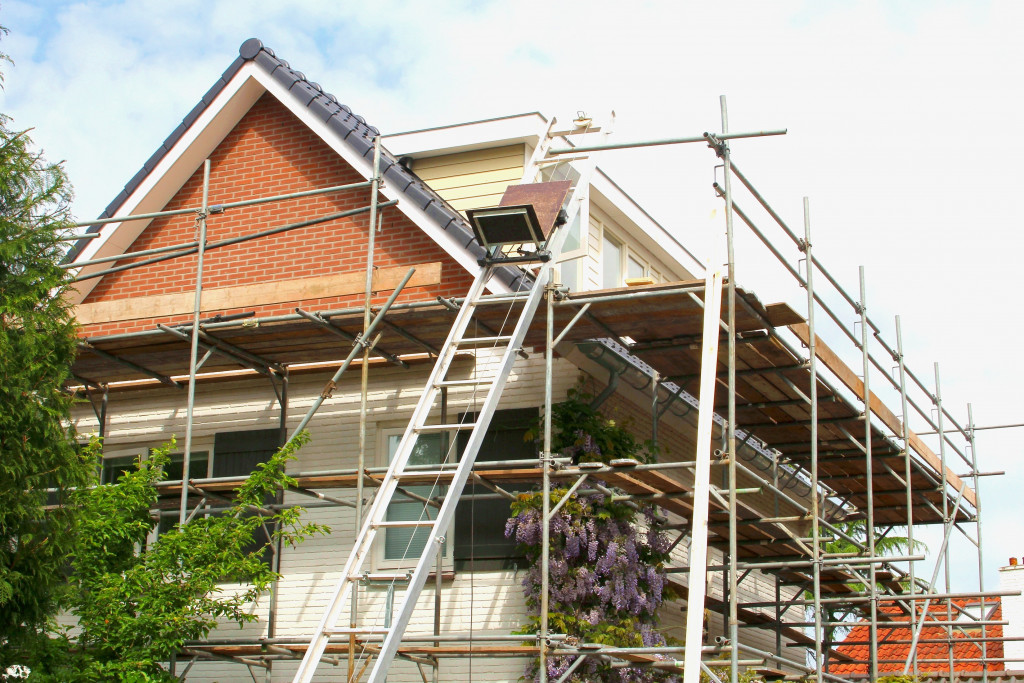- Hiring certified professionals ensures safety and efficiency in renovating older homes, with CSCS cards indicating skill levels.
- Upgrading insulation, with options like spray foam, cellulose, and fiberglass batts, significantly improves energy efficiency.
- Installing energy-efficient windows reduces energy loss, with factors like frame material, glass type, and proper sealing being essential.
- Transforming old homes into efficient spaces involves professional consultation and the usage of sustainable materials for eco-friendly renovations.
Old homes usually have a unique charm that newer homes cannot replicate, such as architectural details and established neighborhoods. However, old houses can be inefficient and have outdated designs, especially when it comes to energy use and sustainability. Renovating an old home can be a daunting challenge, but the results can be immensely satisfying. This blog post will explore ways to transform an old house into a streamlined and efficient space.
Hire Certified Professionals
Hiring certified professionals is a crucial first step toward ensuring your home renovation project is carried out efficiently and safely. Look for contractors who have proven expertise in dealing with the unique challenges posed by older homes.
For example, in the UK, a red CSCS card indicates that the holder is a trained worker in a specific trade. Getting a red CSCS card is a clear sign that the professional has the necessary skills and knowledge to carry out their work to a high standard.
Furthermore, hiring professionals with green or black CSCS cards demonstrates that they have completed additional training and hold supervisory or management positions, respectively. These individuals can offer valuable insight into improving the overall efficiency of your home.

Upgrade Insulation
Upgrading your home’s insulation is a straightforward and effective way to improve energy efficiency. Often, older homes lack sufficient insulation, leading to heat loss during the winter and heat gain during the summer, which can increase your energy costs. By adding insulation in the attic, walls, and floors, you can significantly reduce these energy inefficiencies. Consider using insulation materials with a high R-value, such as the following:
Spray Foam Insulation
Spray foam insulation is a highly effective insulator due to its expansive nature. It can seal all nooks and crannies that otherwise might have been left exposed. Its resistance value, or its ability to provide an air-tight seal, ranked at R-6, is the highest on the market today. This type of insulation has numerous benefits, including energy savings, increased indoor comfort, and improved air quality.
Cellulose Insulation
Cellulose insulation is an eco-friendly option made from recycled paper products, reducing its environmental impact. It has a high R-value, similar to spray foam, which makes it an excellent choice for insulating old homes. The material is treated with boric acid, which gives it fire and pest-resistant properties. While it may require professional installation due to the special equipment needed, its long-term benefits in improved energy efficiency and lower heating and cooling costs make it a worthwhile investment.
Fiberglass Batts
Fiberglass batts are a traditional insulation choice that remains popular due to their affordability and ease of installation. They are made from tiny glass fibers that are finely woven together and usually have an R-value between R-3.0 and R-4.0 per inch. Ideal for insulation of walls, attics, and floors in old homes, fiberglass batts can effectively reduce energy consumption when installed correctly.

Install Energy-Efficient Windows
Old windows can be a significant source of energy loss in old homes due to their single-pane design and lack of proper sealing. By installing energy-efficient windows, you can significantly improve your home’s insulation and reduce your energy consumption. Here are some factors to consider when looking for a window:
Window Frame Material
The material of the window frame plays a significant role in its overall energy efficiency. Aluminum frames, though durable and low-maintenance, are not the best for insulation. On the other hand, wood frames have excellent insulating properties but require significant upkeep. Vinyl and fiberglass frames, however, offer a balanced solution. They have great insulating properties, require minimal maintenance, and are generally more affordable.
Glass Type
The type of glass used in your windows can also greatly affect the energy efficiency of your home. Double-pane or triple-pane windows filled with gas like argon or krypton provide superior insulation compared to single-pane windows. Additionally, look for windows with low-emissivity (Low-E) coatings, which can reduce heat transfer and block harmful UV rays, further improving energy efficiency and protecting your home’s interior from sun damage.
Proper Sealing
Proper sealing is an often overlooked but critical aspect of installing energy-efficient windows. Even the most advanced windows will underperform if they are not properly sealed, as air leaks can lead to significant heat loss. Ensure your windows are professionally installed and filled with quality materials to prevent drafts and maintain the optimal indoor temperature.
Transforming an old home into a streamlined and efficient space can seem like a daunting prospect, but it doesn’t have to be. With the right professionals, proper insulation, and energy-efficient windows, you can significantly improve your home’s energy efficiency and reduce your overall environmental impact. So don’t let an old house discourage you – embrace its unique charm and transform it into a modern, efficient living space. Remember to always consult with certified professionals and consider sustainable materials for a more eco-friendly renovation.

